Everglades National Park
Everglades National Park is an American national park that protects the southern twenty percent of the original Everglades in Florida. The park is the largest tropical wilderness in the United States and the largest wilderness of any kind east of the Mississippi River. An average of one million people visit the park each year. Everglades is the third-largest national park in the contiguous United States after Death Valley and Yellowstone. UNESCO declared the Everglades & Dry Tortugas Biosphere Reserve in 1976 and listed the park as a World Heritage Site in 1979, and the Ramsar Convention included the park on its list of Wetlands of International Importance in 1987. Everglades is one of only three locations in the world to appear on all three lists.Most national parks preserve unique geographic features; Everglades National Park was the first created to protect a fragile ecosystem. The Everglades are a network of wetlands and forests fed by a river flowing 0.25 miles (0.40 km) per day out of Lake Okeechobee, southwest into Florida Bay. The park is the most significant breeding ground for tropical wading birds in North America and contains the largest mangrove ecosystem in the Western Hemisphere. Thirty-six threatened or protected species inhabit the park, including the Florida panther, the American crocodile, and the West Indian manatee, along with 350 species of birds, 300 species of fresh and saltwater fish, 40 species of mammals, and 50 species of reptiles. The majority of South Florida's fresh water, which is stored in the Biscayne Aquifer, is recharged in the park.Humans have lived for thousands of years in or around the Everglades. Plans arose in 1882 to drain the wetlands and develop the land for agricultural and residential use. As the 20th century progressed, water flow from Lake Okeechobee was increasingly controlled and diverted to enable explosive growth of the South Florida metropolitan area. The park was established in 1934, to protect the quickly vanishing Everglades, and dedicated in 1947, as major canal-building projects were initiated across South Florida. The ecosystems in Everglades National Park have suffered significantly from human activity, and restoration of the Everglades is a politically charged issue in South Florida.
- 1 Geography
- 2 Geology
- 3 Climate
- 4 Hydrography
- 5 Ecosystems
- 6 Human history
- 7 Park history
-
8
Activities
- 8.1 Trails
- 8.2 Camping and recreation
- 8.3 Dark skies site
- 9 Threats to the park and ecology
- 10 See also
- 11 References
- 12 Bibliography
- 13 External links
Links
Images Gallery
-
-

-
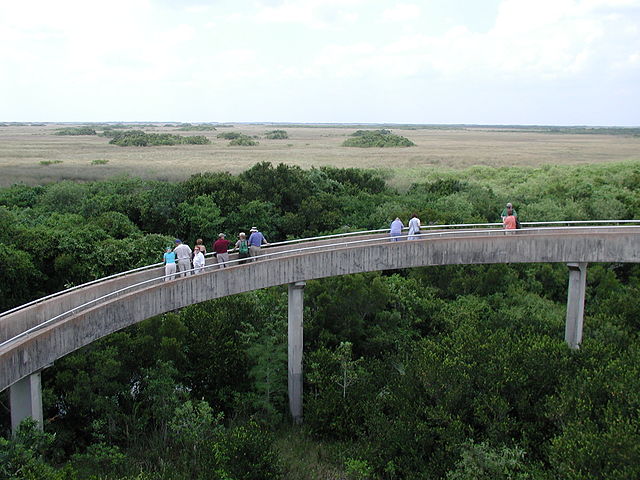
-

-

-

-

-

-

-

-

-
 Park map
Park map
-
 Alligators thrive in freshwater sloughs and marl prairies.
Alligators thrive in freshwater sloughs and marl prairies.
-
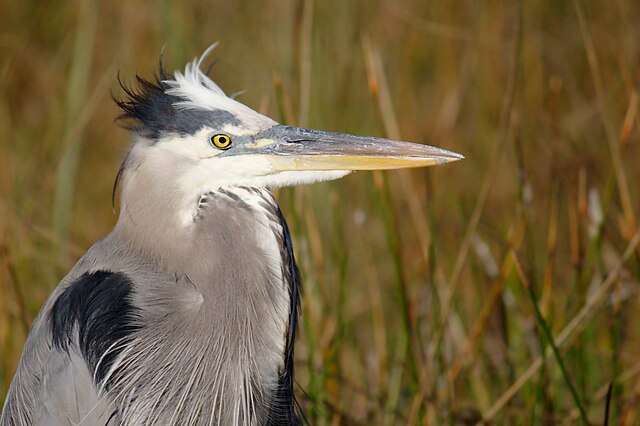 A great blue heron along the Anhinga Trail
A great blue heron along the Anhinga Trail
-
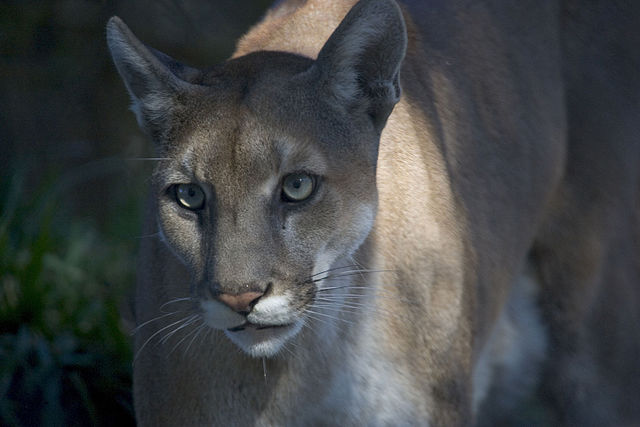 About 160 Florida panthers inhabit hammocks and pinelands of the Everglades.
About 160 Florida panthers inhabit hammocks and pinelands of the Everglades.
-
 Sunrise on the pine rocklands on Long Pine Key Nature Trail
Sunrise on the pine rocklands on Long Pine Key Nature Trail
-
 Alligator in a cypress dome
Alligator in a cypress dome
-
 Manatees inhabit shallow water around mangroves.
Manatees inhabit shallow water around mangroves.
-
 Mangroves reduce coastal erosion and shelter wildlife.
Mangroves reduce coastal erosion and shelter wildlife.
-
 A Calusa chickee at the Florida Museum of Natural History
A Calusa chickee at the Florida Museum of Natural History
-
 A canal lock being constructed in the Everglades in 1906
A canal lock being constructed in the Everglades in 1906
-
 Cape Sable seen from Sentinel-2 Satellite
Cape Sable seen from Sentinel-2 Satellite
-
 The park protects the last stands of pine rockland in Florida.
The park protects the last stands of pine rockland in Florida.
-
 A little blue heron hunting in water near the Anhinga Trail
A little blue heron hunting in water near the Anhinga Trail
-
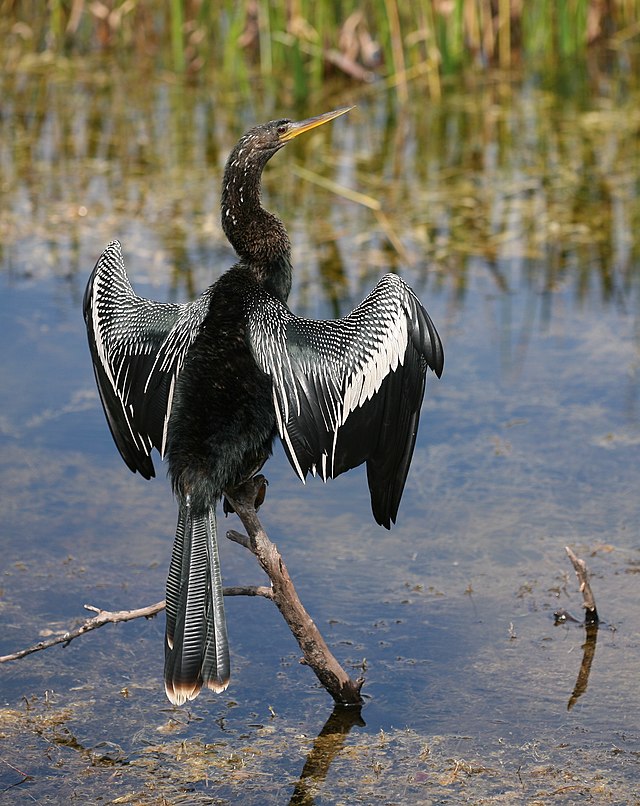 The namesake of Anhinga Trail dries its feathers
The namesake of Anhinga Trail dries its feathers
-
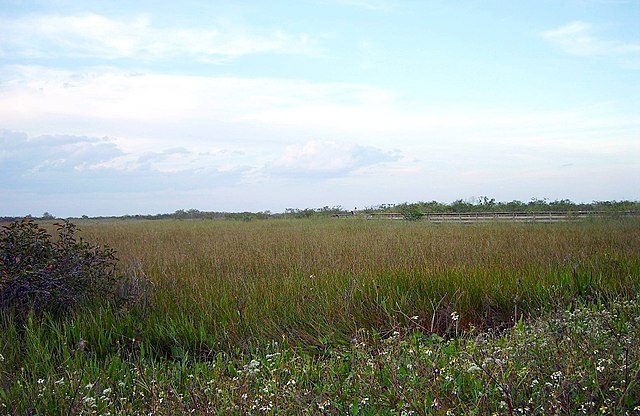 A view of vast sawgrass expanse north of the Anhinga Trail gives visitors an opportunity to see a freshwater slough up close.
A view of vast sawgrass expanse north of the Anhinga Trail gives visitors an opportunity to see a freshwater slough up close.
-
 The campground at Flamingo
The campground at Flamingo
-
 Twenty second exposure of the Milky Way from the road to Flamingo
Twenty second exposure of the Milky Way from the road to Flamingo
-
 Bromeliads flourish on bald cypress trees as a great egret hunts in the water
Bromeliads flourish on bald cypress trees as a great egret hunts in the water
-
 The American crocodile has notable differences from the alligator. Habitat destruction and vehicle collisions are some of the largest threats it experiences.
The American crocodile has notable differences from the alligator. Habitat destruction and vehicle collisions are some of the largest threats it experiences.
-
 A struggle between a Burmese python and an alligator
A struggle between a Burmese python and an alligator
-

-

-

-

-

-

-
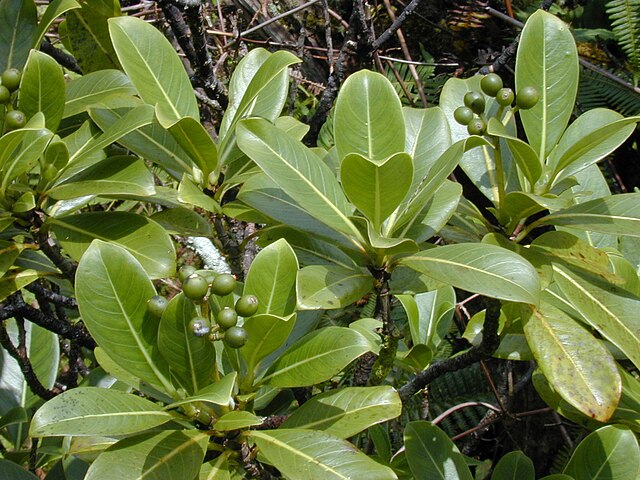
-
-

-

-

-

-

-

-

-

-
-

-

-

-

-
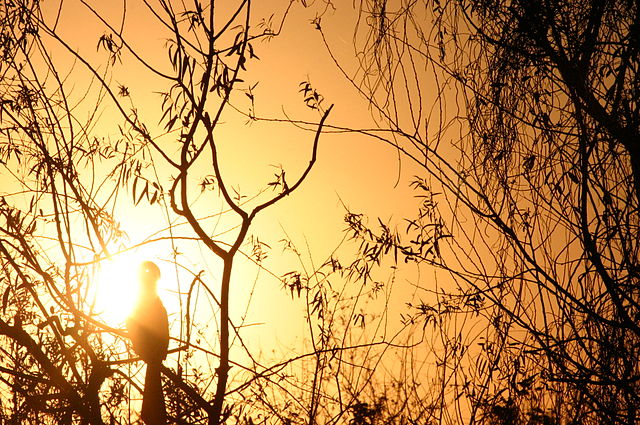
-
-

-
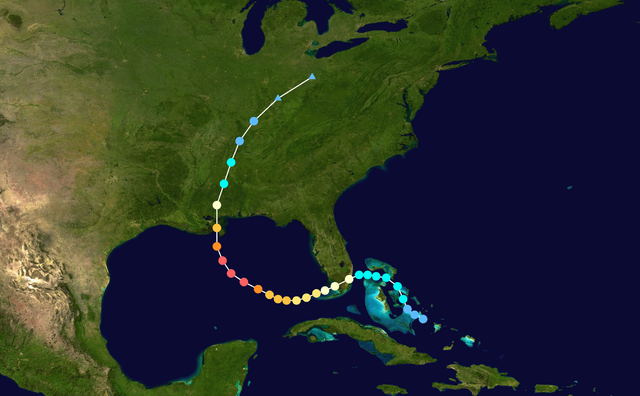
-

-
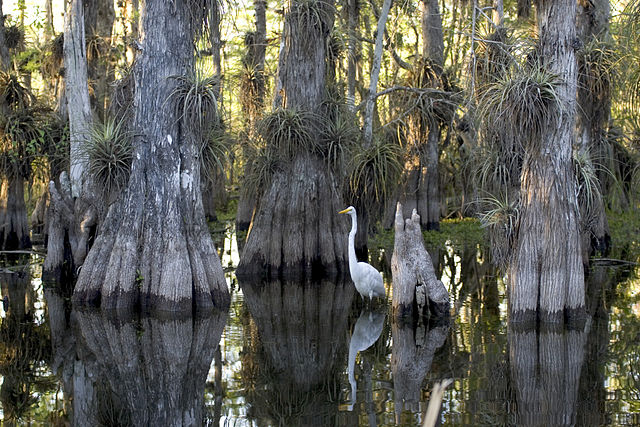
-

-
-
-

-
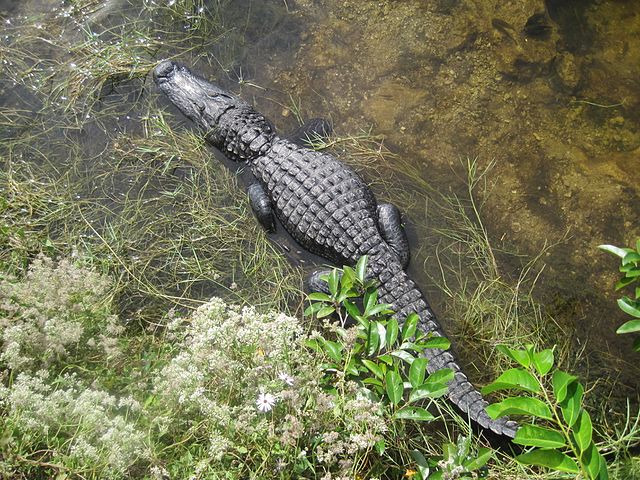
-

-
-
-
-
-
-

-

-
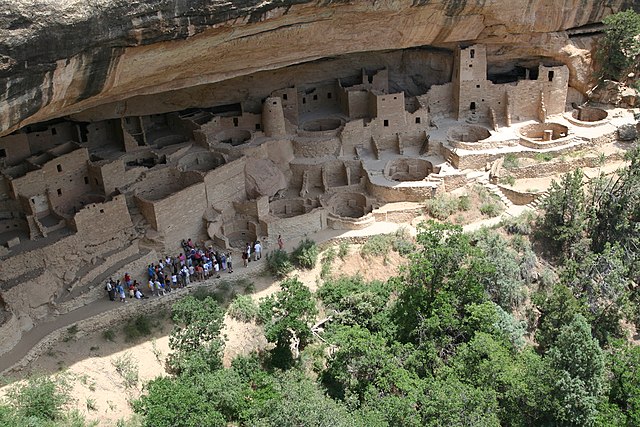
-

-
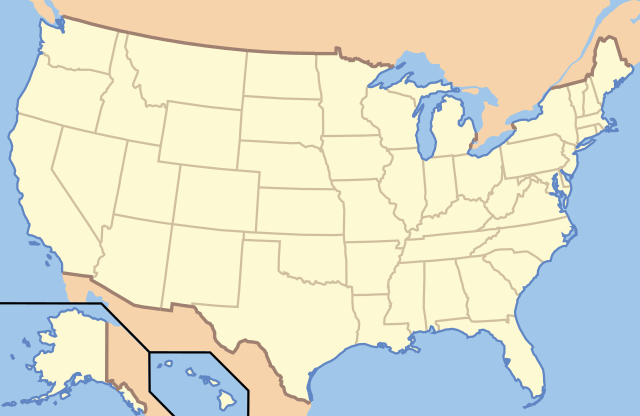
-

-
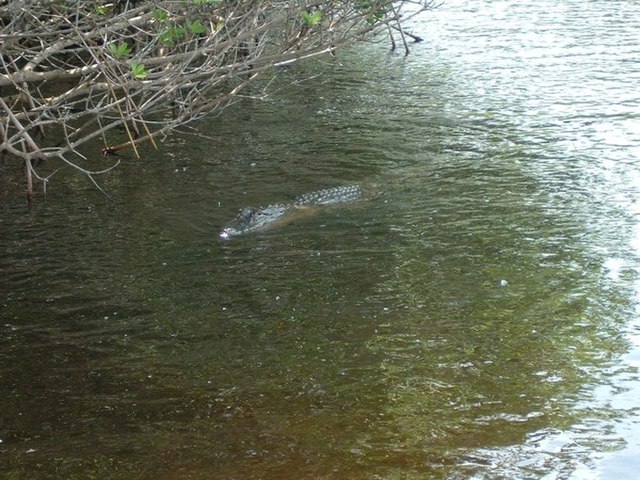
-

-
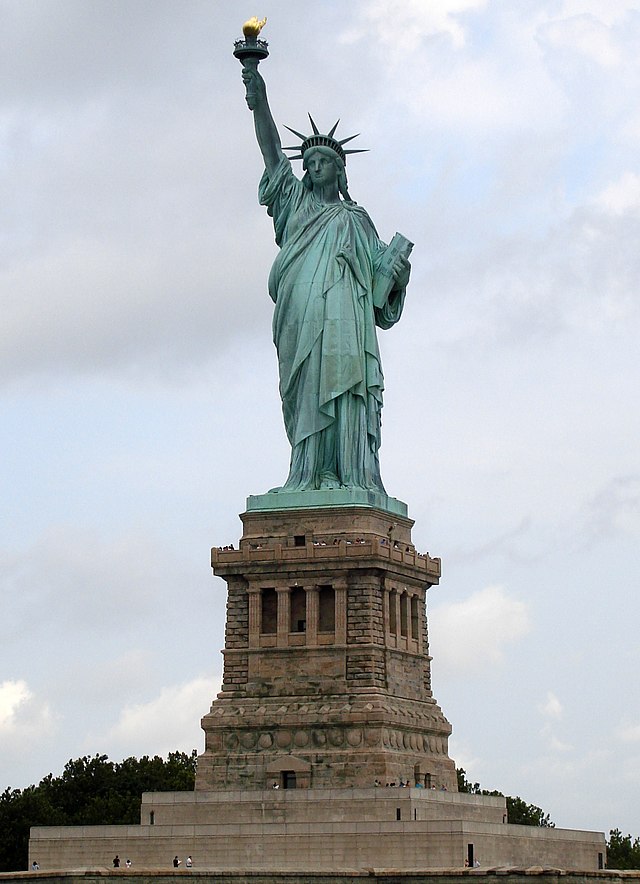
-

-
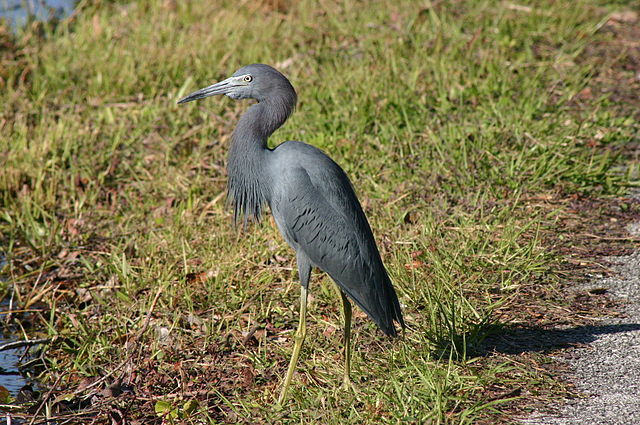
-

-
-

-

-
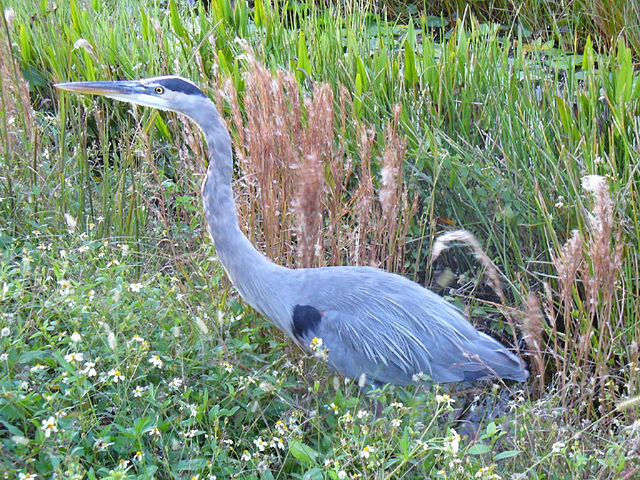
-

-

-

-

-

-
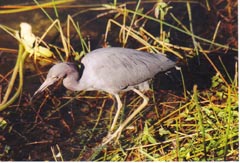
-
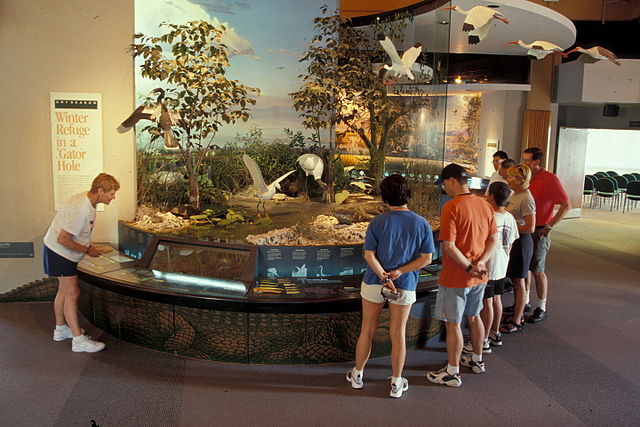
-

-

-

-

-
-

-

-

-

-

-
-
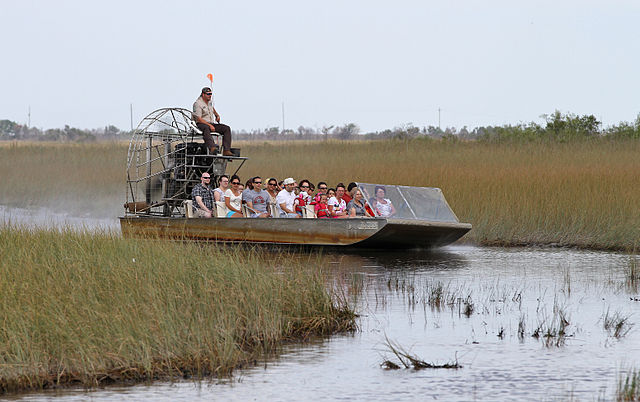
-

-
-
-
-

-
-

-

-

Comments
-
This was a very neat experience. We got to see the alligators up close. They took us on a tour to and we saw different kinds of species as well. Then an alligator show followed. Also you can hold a baby gator after the show. They even have a restaurant and a souvenir shop. Nice place to go
a week ago -
We didn't arrive in time for a tram tour, but we did get a long hike in (and back out) before full dark. Make sure you bring sunscreen, bug spray, and plenty of drinking water so you can enjoy the beautiful scenery and wildlife.
4 weeks ago -
National treasure. Unique and so beautiful. Alligators are kind of cute. Be aware of brutal mosquitos though.
a week ago -
Everglades National Park is an amazing place to visit. I was short on time so I was only able to visit the Shark Valley area. I rented a bike and rode the 15 mile loop through Shark Valley. I saw many alligators, egrets, blue herons, tricolored herons, turtles, gar and other fish and birds. I went in August, which is considered the slow season, and only saw one other person on a bike for the entire 15 mile loop. If you don’t want to bike you can ride a tram or walk. I highly recommend bug spray and sunscreen. There are very few trees so you will be exposed to the sun.
a week ago -
I finally made it down to The Everglades and the iconic scenery did not disappoint. The Glades were easily my favorite part of The Keys. 💯🐊🦟🐍🦎🌴
a month ago -
Great place to go! The Manatees there are lovely and active. The surrounding scenery is great with many trails.
3 months ago -
Everglades National Park is within miles of one of the biggest metropolitan areas in the nation, yet it reserves a rich ecosystem with great options for outdoors sports and family. If visiting Florida, highly recommend Everglades National Park, enjoy nature at its best!
3 months ago -
















































































































